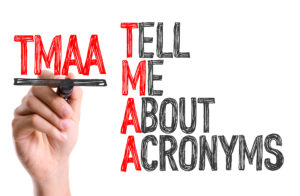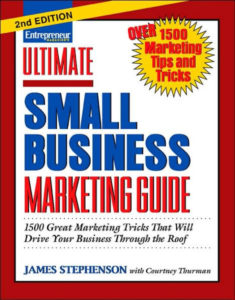Giving it Away to Get ‘Em – the Other Side of the Useful Info Story

No, (as I spent some digital “ink” saying in my last post), I don’t think sports scores or snow statistics belong on the blog sites of jewelers, dentists, or veterinarians, when those are used primarily as a way to attract visitors. My take on that form of marketing is that it works counter to the purpose of establishing trust and credibility for the business owner or practitioner.
But there’s always an “on the other hand”, as I will be first to admit. Offering tidbits of information loosely related to the industry or field represented in the blog is something readers tend to like. It “puts words in their mouths”, gives them “ready-to-microwave” cocktail conversation consisting of little-known or just plain interesting things to mention at the appropriate moment.
Humor speaker Todd Hunt doesn’t have a blog, but his e-newsletter, Hunt’s Headlines, does that “words-in-the-mouth’ thing for me. This time, Hunt explained the difference between acronyms and initialisms:
An acronym is a word, Hunt reminded me, that is formed from initial letters and pronounced as a word:
Scuba = Self-Contained Underwater Breathing Apparatus (I’d forgotten this)
NATO = North Atlantic Treaty Organization (I knew that one)
Laser = light amplification by stimulated emission of radiation (who knew?)
Zip (code) = Zone Improvement Plan (I would’ve missed this on Who Wants to Be a Millionaire)
Now that I think of it, to illustrate my Say It For You blogs and emails, I use JPEGS. I was never informed (until now) that the acronym stands for Joint Photographic Experts Group.
In an initialism, in contrast to an acronym, the letters are actually pronounced individually (not as one word). Examples are:
FBI – Federal Bureau of Investigation
IRA – individual retirement account
AAA – American Automobile Association
ATM – automoated teller machine
One initialism pertaining to our work as blog content writers is HTML, which (I should’ve known this, but somehow didn’t remember)) stands for Hyper Text Markup Language.
I’m far from actually reneging on my earlier assertion that “you cannot afford to tax their (online readers’) patience by distracting them with sports scores or weather updates; you’re best focusing on the search topic that brought those readers to you in the first place. Still, in blog marketing it’s well worth the effort of digging up curious and little known facts relating to your business or profession.





Follow us online!